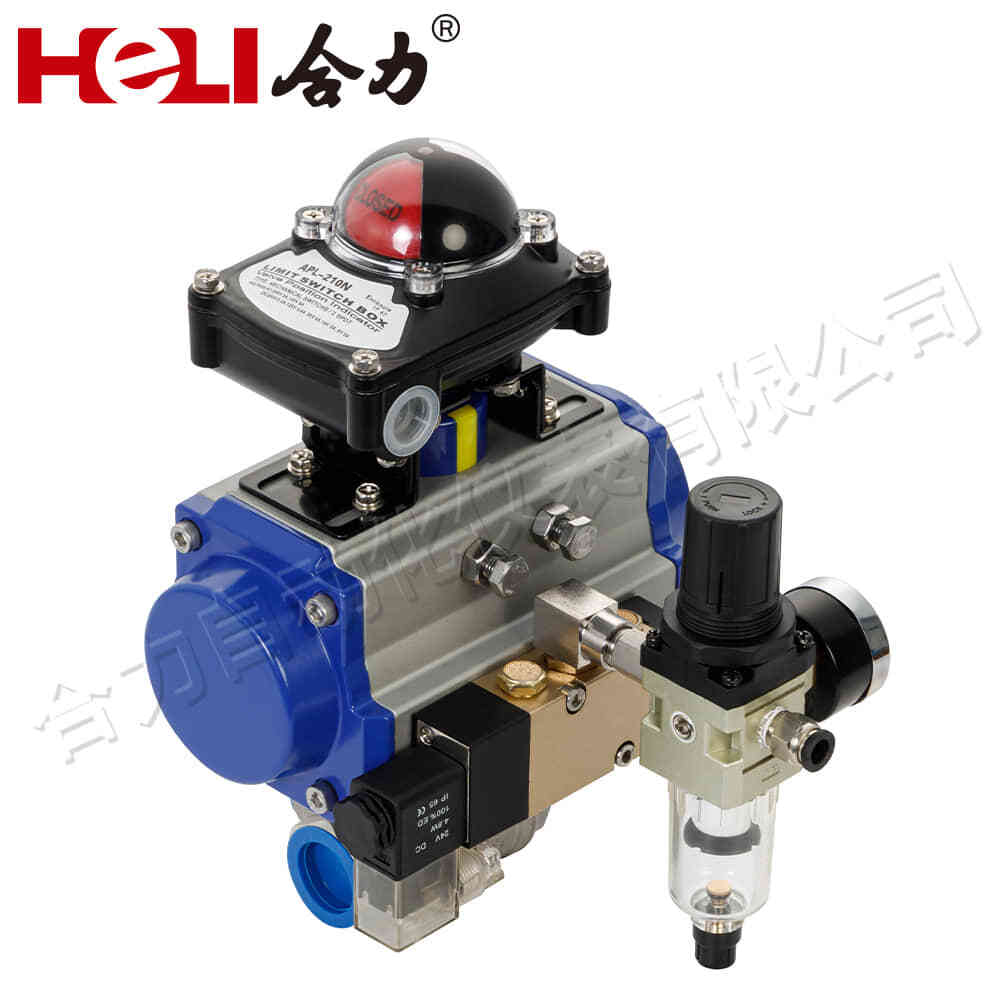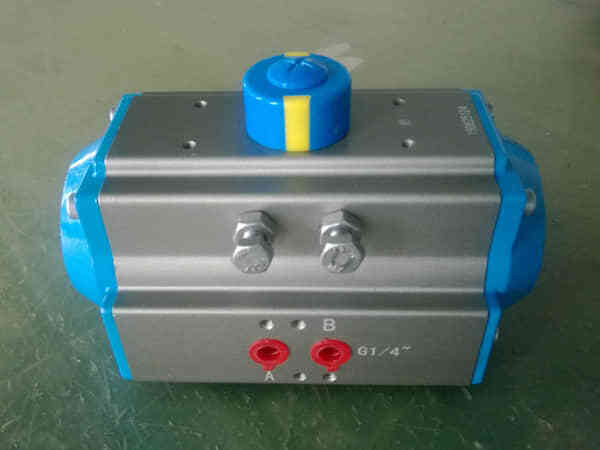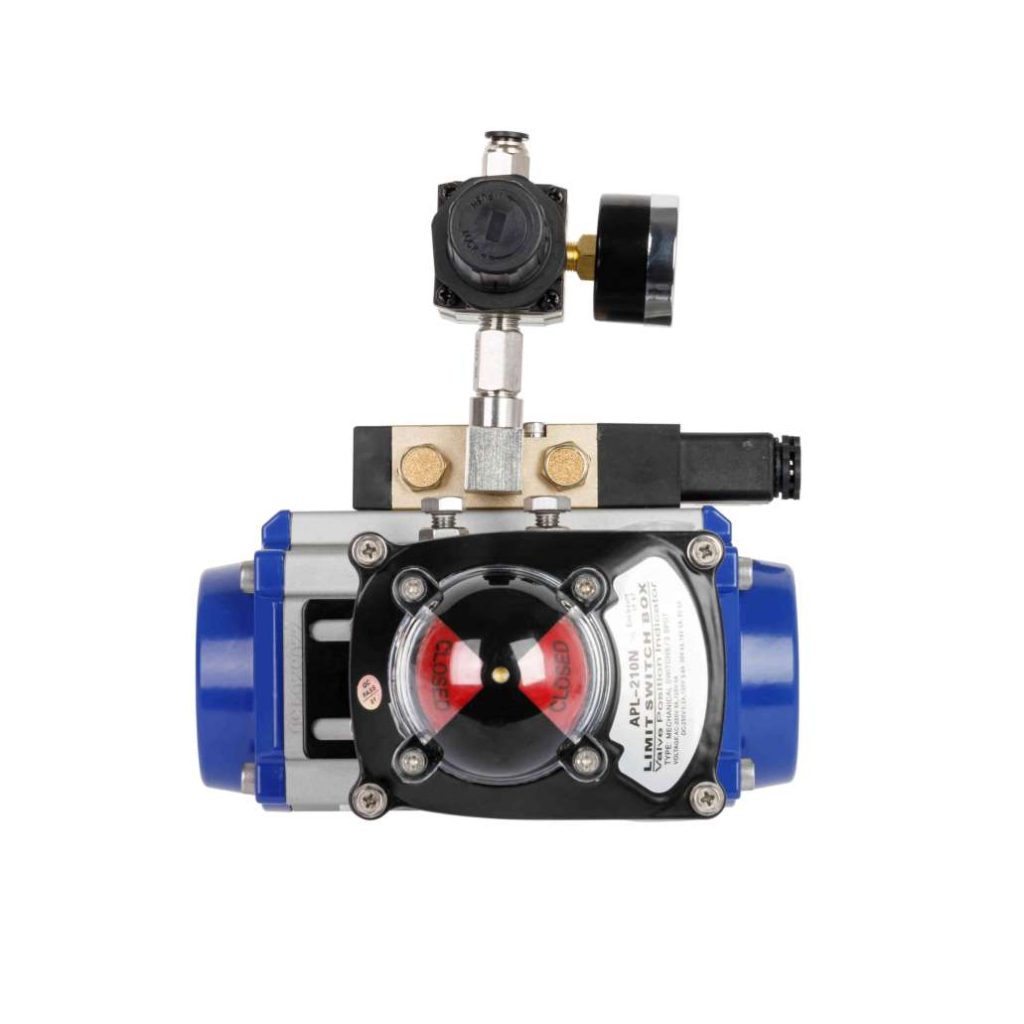Pneumatic actuators are mechanical devices that use compressed air to produce motion. These actuators convert the energy stored in compressed air into linear or rotary motion, which is commonly used in various industries to control machinery and equipment. Pneumatic actuators are widely used due to their reliability, simplicity, and cost-effectiveness. This article delves into the principles of pneumatic actuators, their various applications, and the benefits they offer in industrial processes.

Principle of Pneumatic Actuators

Pneumatic actuators operate on the principle of converting the pressure of compressed air into mechanical motion. When compressed air is supplied to the actuator, it creates pressure within a chamber. This pressure forces a piston or diaphragm to move, which in turn drives the connected mechanical parts. Depending on the design of the actuator, this movement can either be linear or rotary. The simplest form of pneumatic actuator is the linear actuator, which moves a piston back and forth within a cylinder. The piston is typically attached to a rod, which can then be connected to other machinery, causing them to move in a linear direction. On the other hand, rotary pneumatic actuators use air pressure to turn a shaft, generating rotational motion. These actuators are often used when a rotary motion is required, such as for turning valves or rotating equipment.

Leave a Reply
You must be logged in to post a comment.